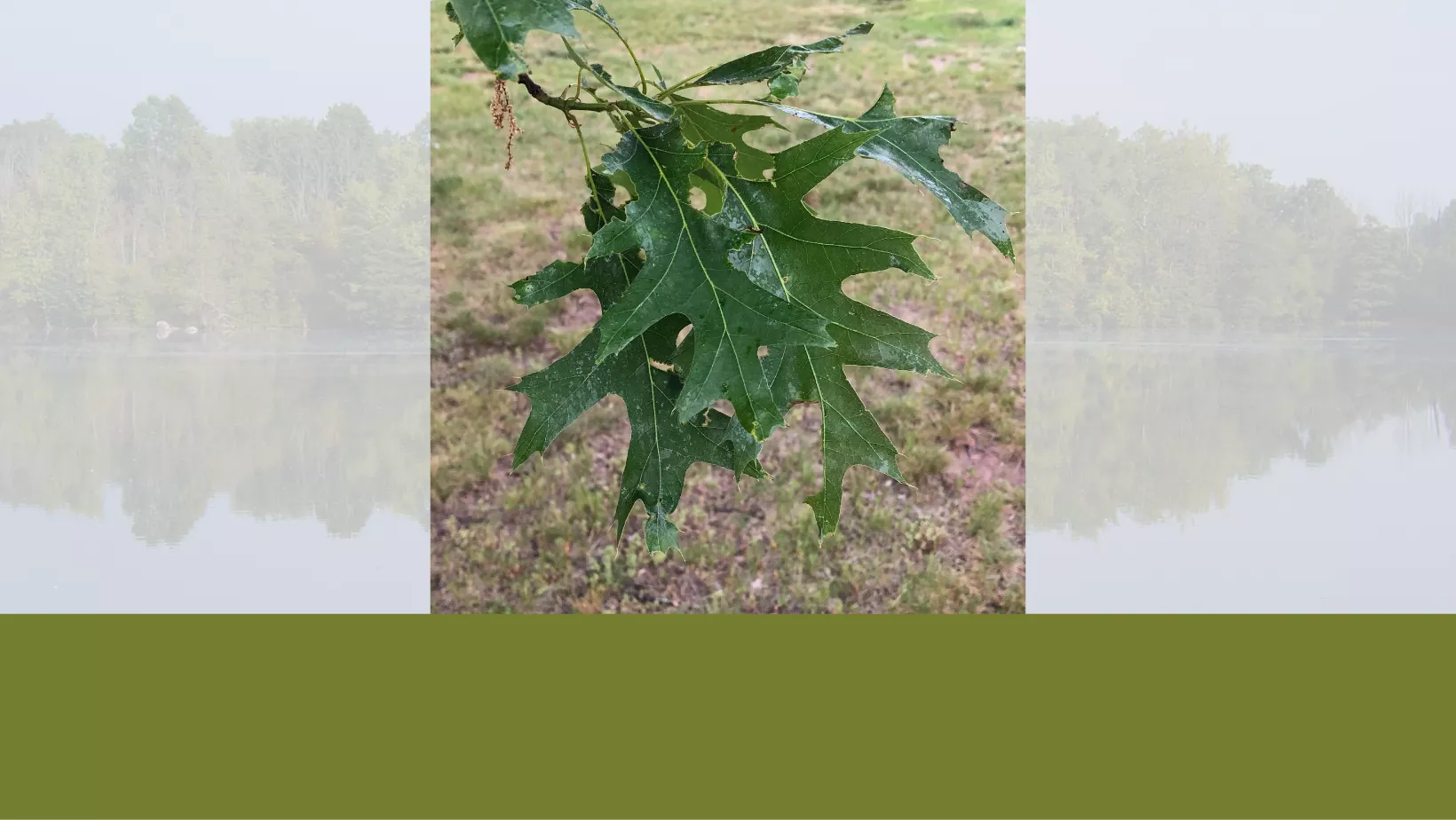Tree Identification: Northern Pin Oak – Quercus Ellipsoidalis
Northern Pin Oaks, sometimes referred to as “Hills Oak” are a variety of Red Oak that can be found in well-drained and sandy soils. It is commonly found in savannas and dry prairies. Like Jack Pine, Pin Oaks are highly adapted to wildfires.

The Northern Pin Oak can be difficult to distinguish between the Northern Red Oak and Black Oak. Black Oak can be found in sandy and dry soils as well. One notable difference between Pin and Red is that the structure of Pin Oak is significantly weaker than Northern Red Oak. The leaf of Pin Oak is often distinguished by the presence of sharp tips on the lobes of the leaves; it also has a glossy texture to it. The greyish-brown bark of the tree is tightly furrowed at the base but turns into longer fissures as it moves up the trunk.
Northern Pin Oak is very susceptible to root rot, Oak Wilt, and Two-Lined Chestnut borer as well as a variety of other insects and diseases.
The Two-Lined Chestnut borer is an insect that is attracted to trees that already happen to be under some kind of stress. Once the borer is present in an Oak it will kill it anywhere from one to five years. Luckily, this pest can be prevented by trunk-injected insecticides.
Oak Wilt is another common disease found in Pin Oaks that can luckily be prevented by fungicide injections. Preventative treatments are the key to keeping any Pin Oaks on your property healthy.
– Kate Handberg, Environmental Assistant/Staff Forester







